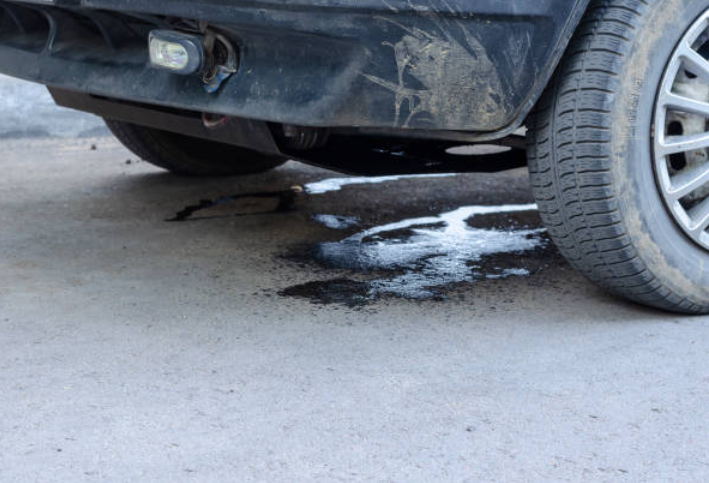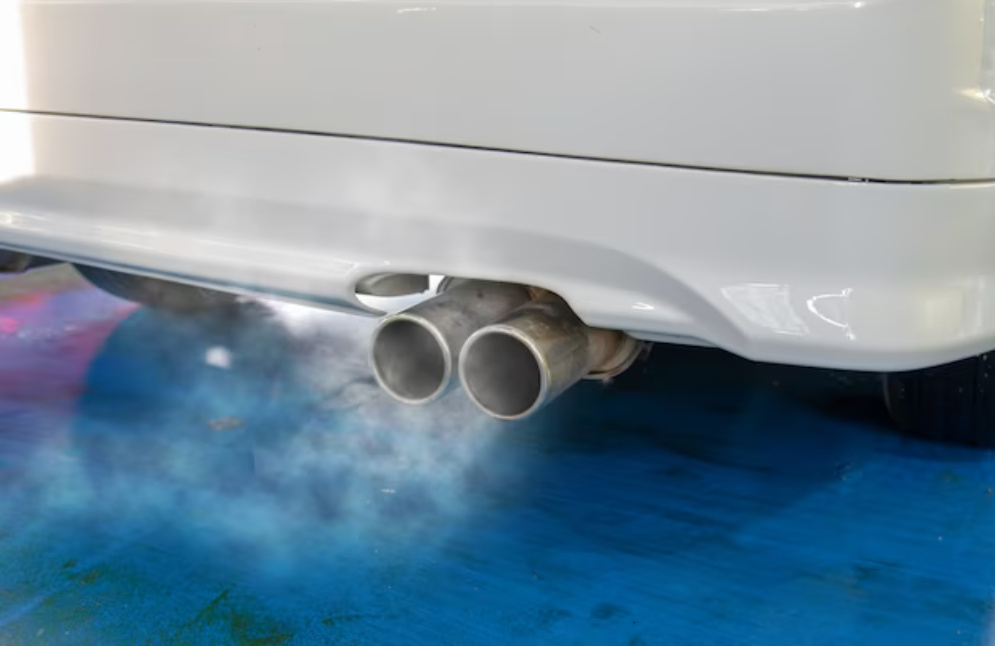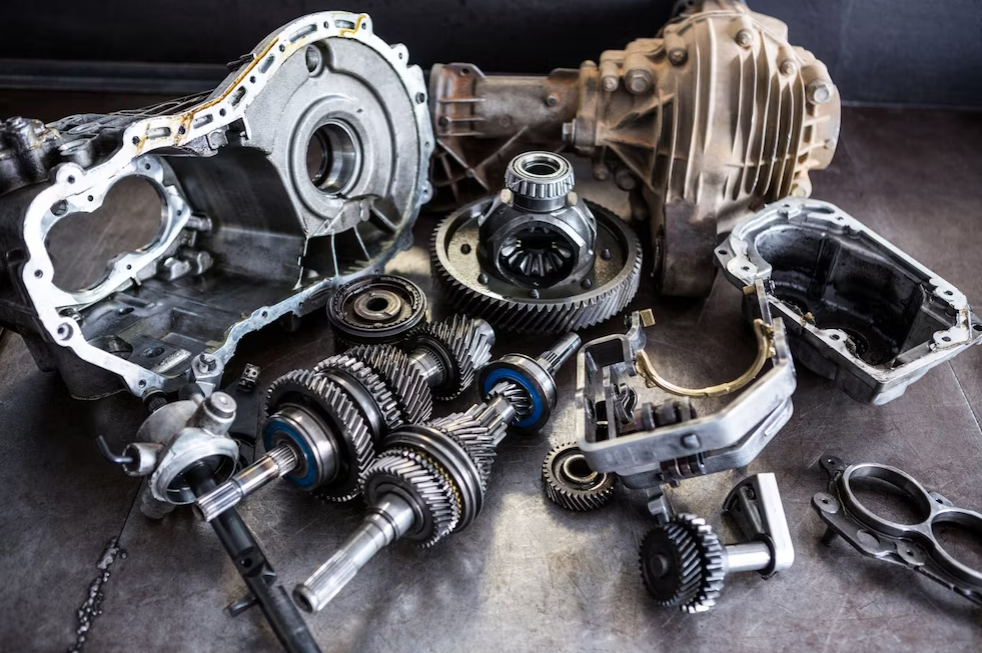How To Build The Perfect Garage?
Despite its many uses, a garage is a crucial component of a house that is frequently overlooked. It provides a safe place to park as well as a possible workshop for crafts and tools. It also stores a variety of goods, including bicycles, seasonal decorations, and family heirlooms. Whether you want to use it as a functioning space or for storage, building a garage from the ground up takes careful planning and knowledge. You can get started in the proper direction with the aid of this thorough information on garage construction.

Why Consider Building A Garage?
A garage, whether attached or detached, improves the use of your property by providing room for bicycles and cars to park or by converting it into a workshop with lots of storage.

Protection: Park your cars in a garage to protect them from the weather and possible damage.
Storage: Set aside additional room for storing holiday décor or other items that must be kept hidden.
Value: Adding a garage to your home can raise its value considerably and yield a 65% return on investment.
Extra Space: A garage can be converted into a studio, a home gym, or more living space with the right permits.
The size and intricacy of the garage might have an impact on the final cost. The average cost of building is about $27,600; larger, more complex structures cost more than $60,000, while smaller, simpler garages can be built for as little as $5,000. Usually, labor costs make up the majority of the entire cost, with material prices making up around 30%. The majority of projects are between $16,500 and $40,000.

It is important to take a few precautions before starting your garage construction project:
Zoning: Become knowledgeable about your community's zoning laws to make sure that the rules controlling property development are followed. Serious penalties could follow noncompliance with these rules.

Permits: To make sure your project complies with legal and safety requirements, get the required permits. Not obtaining the necessary permits can put your construction's integrity at risk and result in legal issues.
Design Planning: Work with architects and interior designers to arrange your garage's practicality and layout, taking into account things like attachment type and intended use.
Safety Measures: Constructing a garage calls for specific knowledge and abilities. To guarantee a safe and effective construction procedure, it is advisable to use professionals.
Constructing a garage requires the following successive steps:
Foundation: Create a solid base that can hold the weight of the cars and the building. Stability depends on the concrete slab being placed and cured properly.
Framing: Assemble the garage's framework, making sure to provide gaps for windows and doors. It is advised to seek professional advice at this crucial point.
Outside Sheathing and Siding: To keep the structure dry and improve its appearance, install exterior-grade plywood or OSB sheathing and siding.
Roof Installation: Installing a roof requires first positioning and fastening the roof trusses, then installing roofing components like shingles and membrane.
Gutter Installation: Installing a gutter system will provide adequate drainage by diverting runoff away from the foundation.
Window and Door Placement: To ensure a safe and secure installation, take care while installing windows, doors, and garage doors.

Plumbing and Electrical Work: Employ licensed plumbers and electricians to install the fixtures and utilities you need in accordance with your specifications.
Insulation and Drywall: Installing fire-resistant drywall and insulating walls will increase comfort and structural durability.
Final Details: To maximize utility and aesthetics, add specialized shelves, lighting fixtures, and other amenities to complete the construction process.
Follow these routine maintenance procedures to extend the life of your garage and its parts:
Door Inspection and Servicing: To guarantee smooth functioning and avoid premature wear, garage door mechanisms should be inspected and lubricated on a regular basis.
External Cleaning: To maintain the garage's functionality and attractiveness, clean the door and exterior of the garage on a regular basis to get rid of dirt and debris.
Floor Maintenance: To stop future degradation, sweep or vacuum concrete floors on a regular basis and take quick action to fix any cracks or damage.

You may increase the lifespan and usefulness of your garage investment by adhering to these recommendations and giving maintenance first priority.
What time of year is ideal for building a garage?
Usually, people choose the fall or the summer, with homeowners favoring the latter. The frozen ground of winter can make foundation construction difficult, while spring showers can create delays. Many do-it-yourself homeowners prefer October because of the milder weather, which is ideal for hard building work.
Which material works best for constructing a garage?
The ideal material will vary depending on budget and environment, for example. Typical materials consist of aluminum, fiberglass, steel, and wood.
What are the benefits of using wood while building a garage?
In temperate areas, wood provides natural insulation, high customizability, and durability. It is typically more expensive, though.
In conclusion, a garage's significance is often overlooked. It provides secure parking, storage, and potential workspace. Constructing one requires careful planning. Understanding the benefits, costs, and preparation steps is vital. Following the construction process, including foundation laying and final touches, ensures durability. Maintenance practices like door servicing prolong its lifespan. Common concerns, like ideal construction time and materials, are addressed in FAQs. Prioritizing these guidelines enhances property value and functionality.
Click on the following link to read another blog post: The Complete Guide To Cabin Air Filters: Everything You Need to Know















